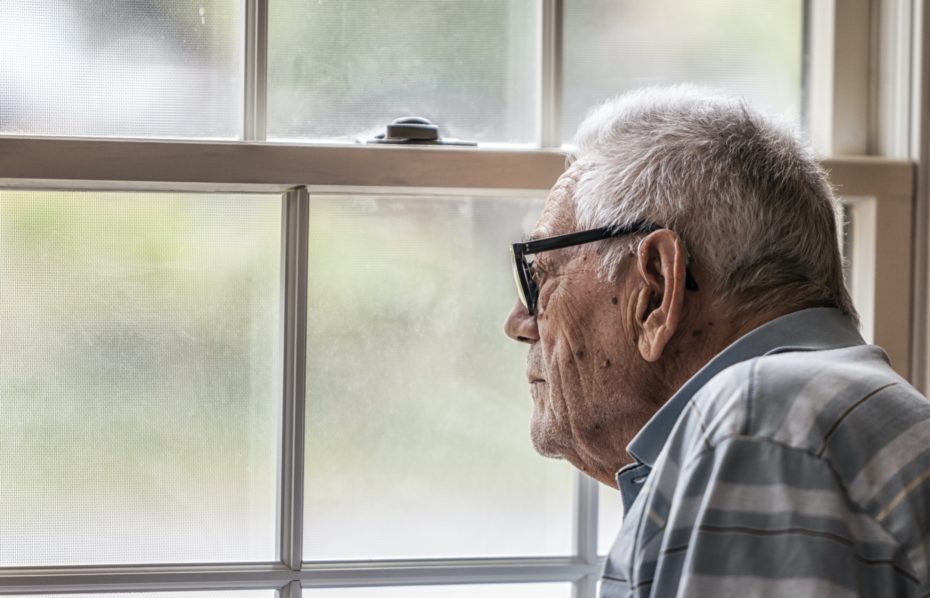
This holiday season will be a lonely one for many people as social distancing due to COVID-19 continues, and it is important to understand how isolation affects our health. A new study shows a sort of signature in the brains of lonely people that make them distinct in fundamental ways, based on variations in the volume of different brain regions as well as based on how those regions communicate with one another across brain networks.
A team of researchers examined the magnetic resonance imaging (MRI) data, genetics and psychological self-assessments of approximately 40,000 middle-aged and older adults who volunteered to have their information included in the UK Biobank: an open-access database available to health scientists around the world. They then compared the MRI data of participants who reported often feeling lonely with those who did not.
Differences in brains of lonely people
The researchers found several differences in the brains of lonely people. These brain manifestations were centred on what is called the default network: a set of brain regions involved in inner thoughts such as reminiscing, future planning, imagining and thinking about others. Researchers found the default networks of lonely people were more strongly wired together and surprisingly, their grey matter volume in regions of the default network was greater. Loneliness also correlated with differences in the fornix: a bundle of nerve fibres that carries signals from the hippocampus to the default network. In lonely people, the structure of this fibre tract was better preserved.
We use the default network when remembering the past, envisioning the future or thinking about a hypothetical present. The fact the structure and function of this network is positively associated with loneliness may be because lonely people are more likely to use imagination, memories of the past or hopes for the future to overcome their social isolation.
“In the absence of desired social experiences, lonely individuals may be biased towards internally-directed thoughts such as reminiscing or imagining social experiences. We know these cognitive abilities are mediated by the default network brain regions,” says Nathan Spreng from The Neuro (Montreal Neurological Institute-Hospital) of McGill University, and the study’s lead author. “So this heightened focus on self-reflection, and possibly imagined social experiences, would naturally engage the memory-based functions of the default network.”
Major health problem
Loneliness is increasingly being recognized as a major health problem, and previous studies have shown older people who experience loneliness have a higher risk of cognitive decline and dementia. Understanding how loneliness manifests itself in the brain could be key to preventing neurological disease and developing better treatments.
“We are just beginning to understand the impact of loneliness on the brain. Expanding our knowledge in this area will help us to better appreciate the urgency of reducing loneliness in today’s society,” says Danilo Bzdok, a researcher at The Neuro and a Canada CIFAR AI Chair at Mila – the Quebec AI Institute, and the study’s senior author.
This study was published in the journal Nature Communications on Dec. 15, 2020. It was partially
